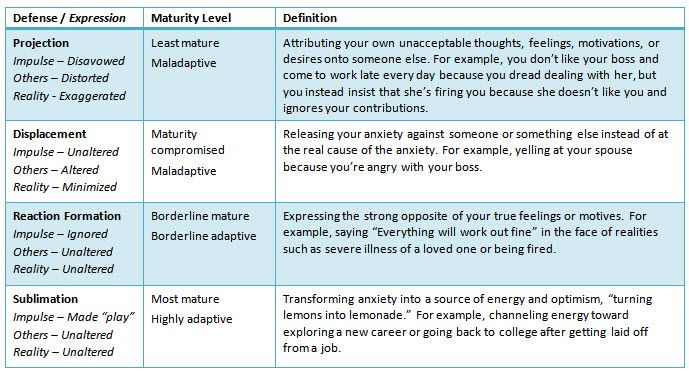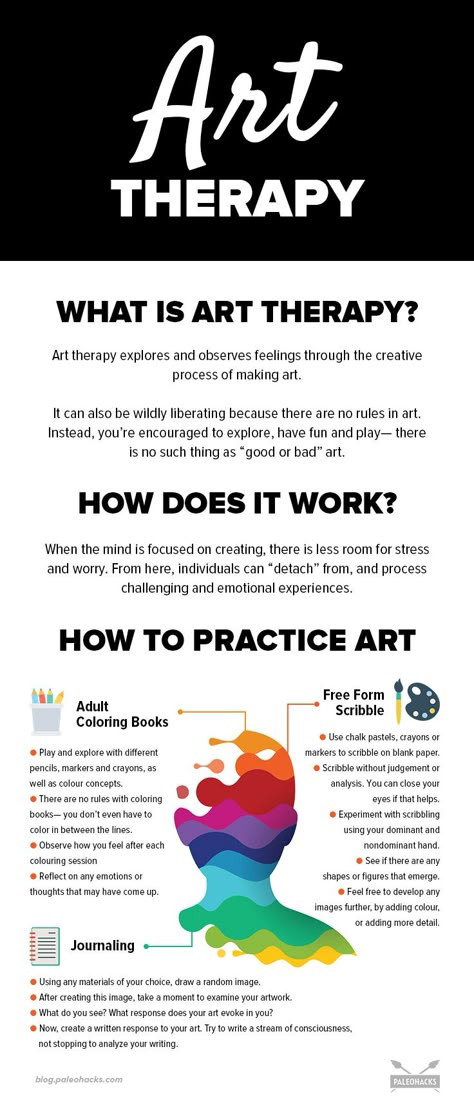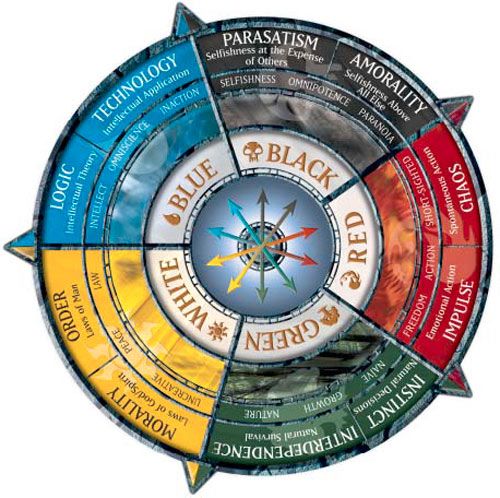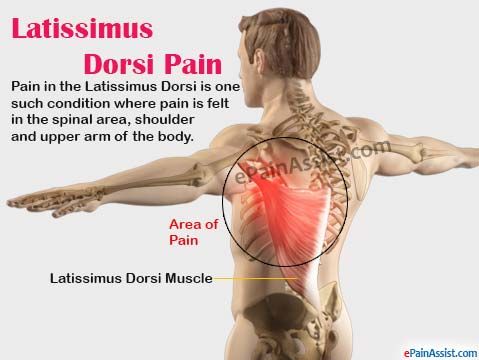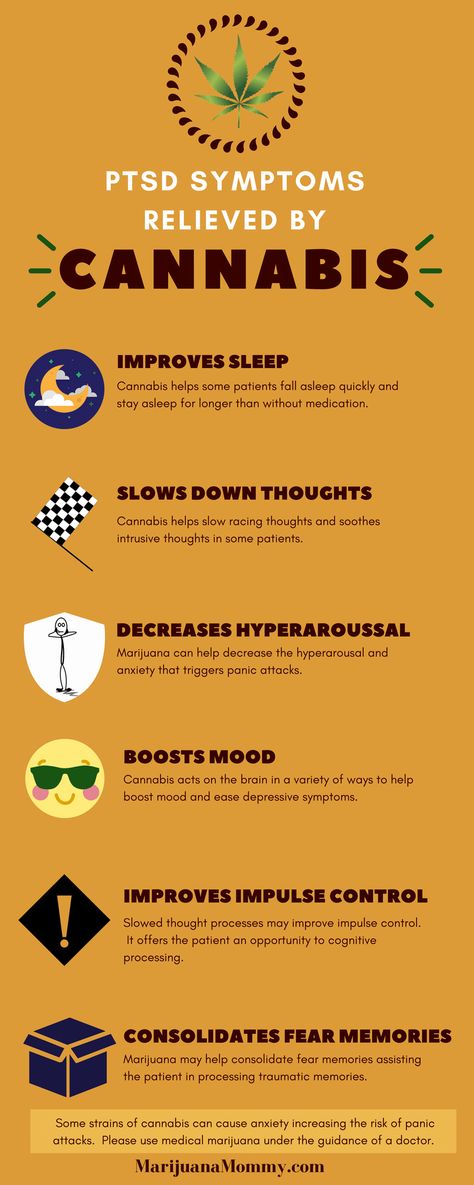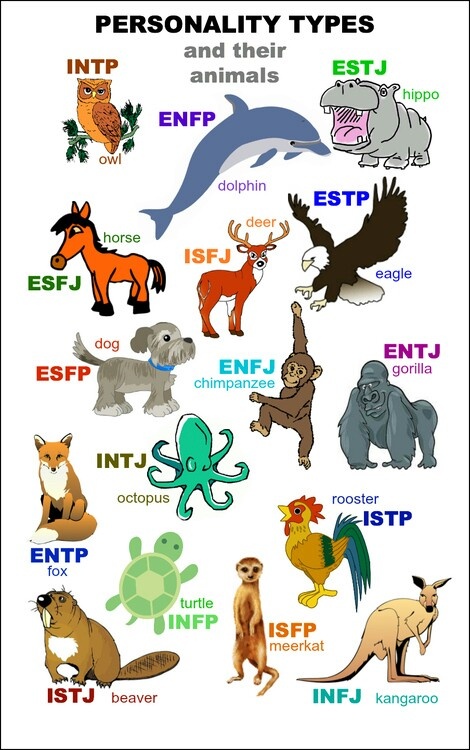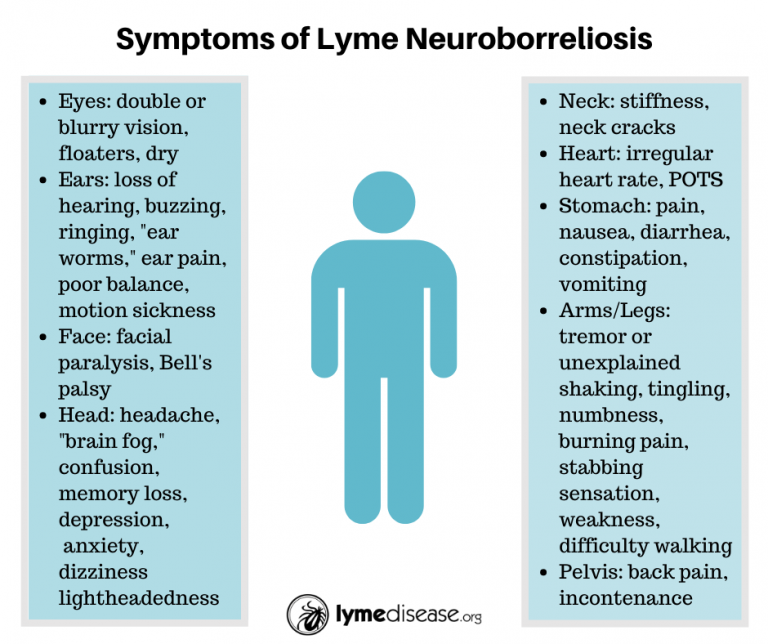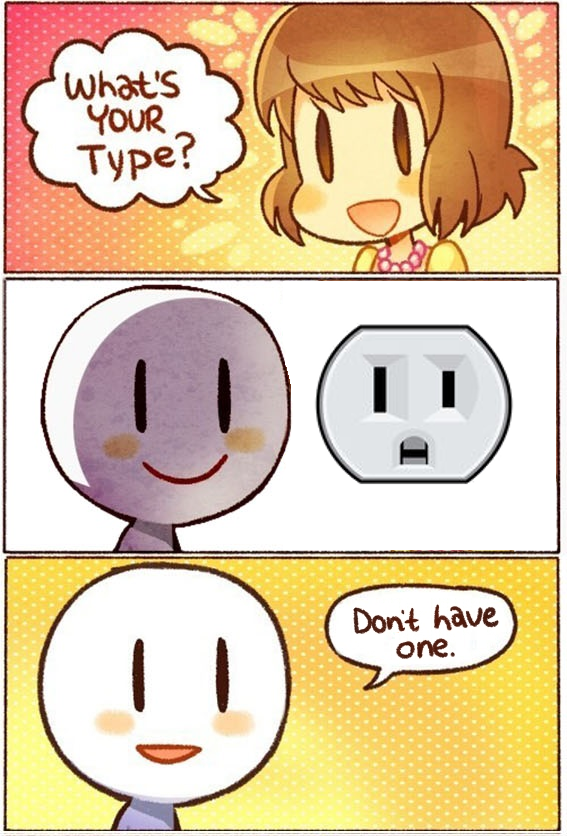Displacement definition in psychology
What is displacement in psychology?
Displacement is a defense mechanism that involves an individual transferring negative feelings from one person or thing to another. For example, a person who is angry at their boss may “take out” their anger on a family member by shouting at them.
The American Psychological Association (APA) says that people use defense mechanisms unconsciously to prevent or release negative thoughts and emotions. Although this process may be helpful for the person’s emotional state, it can lead to problems in relationships if it occurs frequently.
This article discusses the psychoanalytic theory of displacement, looking at its history, some examples, and more.
According to the APA, displacement is the transfer of negative feelings from one person or thing to another.
The theory is that a person deals with the tension or anxiety associated with negative feelings, such as fear or anger, by releasing them on a nonthreatening target.
For example, if a person experiences negative emotions due to their boss shouting at them, they may transfer these emotions to someone or something else, such as a member of their family or a household object.
The person might feel as though they cannot confront their boss for fear of losing their job. As a result, they may take their anger out on someone who is less threatening, such as their partner or housemate.
As displacement is an unconscious defense mechanism, the person may not realize that they are doing it.
Sigmund Freud was an Austrian neurologist who developed psychoanalysis at the start of the 20th century.
According to the APA, psychoanalysis is a set of theories about emotions and behaviors, and it is based on the idea that mental processes are unconscious. The APA says that the term “unconscious” refers to the processes of the mind of which a person is unaware.
Freud discussed different defense mechanisms throughout his work. These unconscious psychological processes serve to protect a person from unwanted feelings or unacceptable thoughts.
His daughter, Anna Freud, later defined the mechanisms more clearly, creating 10 major defense mechanisms and adding more detail.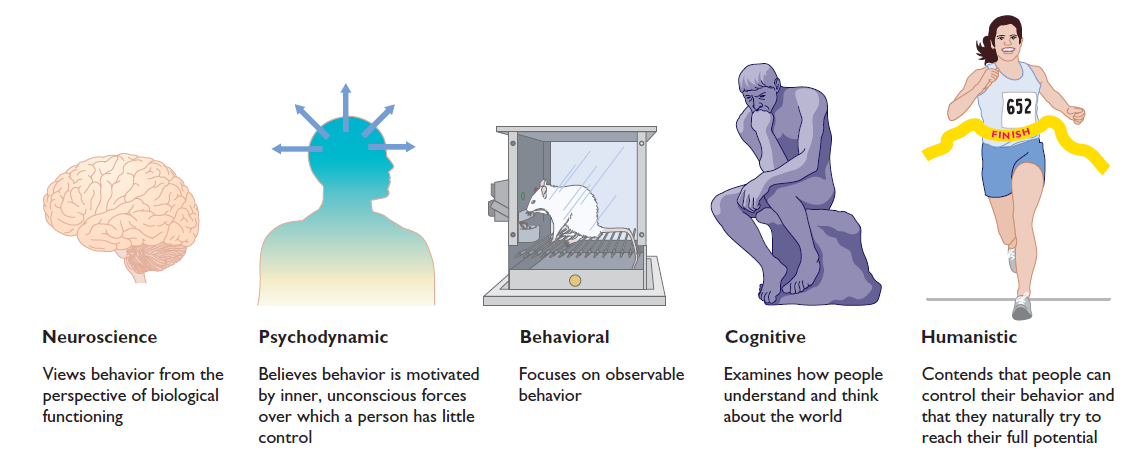
Additional researchers continued to add new defense mechanisms throughout the years, including displacement.
Defense mechanisms such as displacement are not inherently bad. For example, displacement may allow a person to express themselves and relieve stress, even if they are directing it toward the wrong target.
This mechanism allows a person to process stress and anxiety in ways that are less threatening and more socially acceptable than confronting the issue head-on — for example, by shouting back at their boss.
Although displacement can serve a positive function for a person, it can also lead to negative consequences that may affect a person’s life and relationships.
Displacement can also be part of a damaging and unhealthy cycle.
For example, if a person has a negative experience at work, they may respond by shouting at their partner over a minor mistake when they get home.
This behavior may make their partner angry and frustrated, and they may release these emotions by shouting at their child.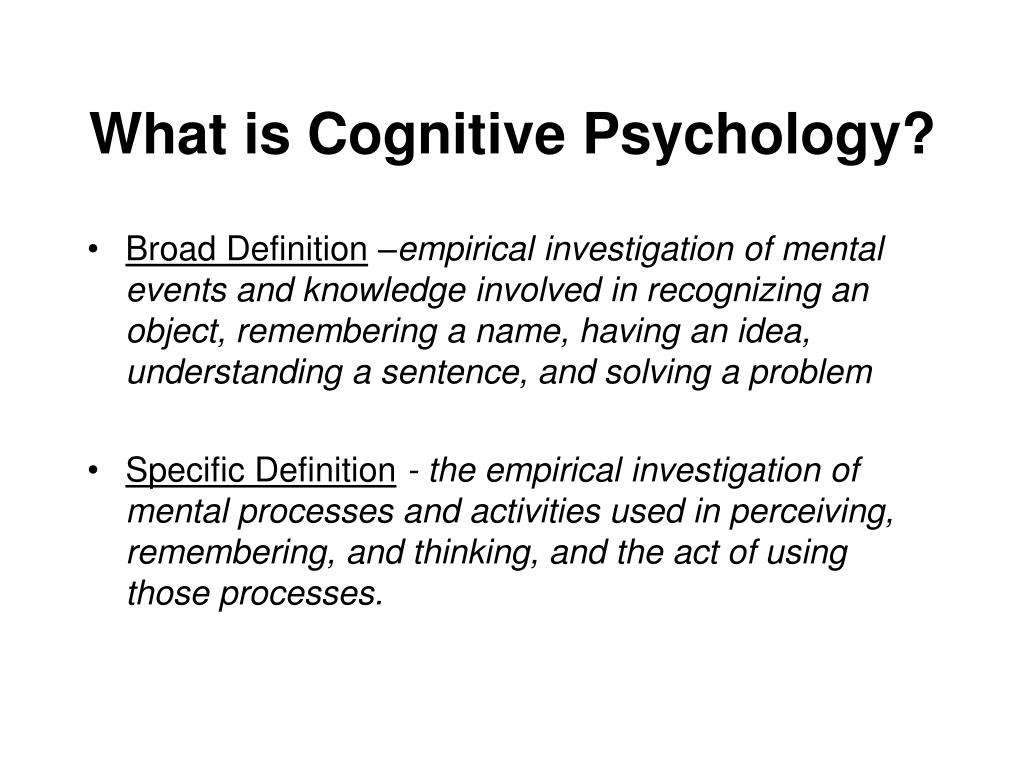 The child may respond to the anger and powerlessness they feel by bullying other children at school.
The child may respond to the anger and powerlessness they feel by bullying other children at school.
Impact of displacement
Displacement can have various effects on both an individual level and a global scale. Here are examples of some of the consequences that might result from displacement:
- Relationship problems: A person who always displaces their work-related anger onto others may begin to have difficulty forming long lasting relationships. By directing their aggression and frustration at their friends and family, they may push them away.
- Problems with substance misuse and addiction: In a 2017 study, people living with alcohol use disorder scored higher on scores of “immature defensive mechanisms,” such as displacement, than those without this condition. The authors note that addressing these defense mechanisms in people living with alcohol use disorder may help with providing treatment.
- Prejudice: Displacement might cause a person to transfer anger resulting from one thing toward a specific group of people.
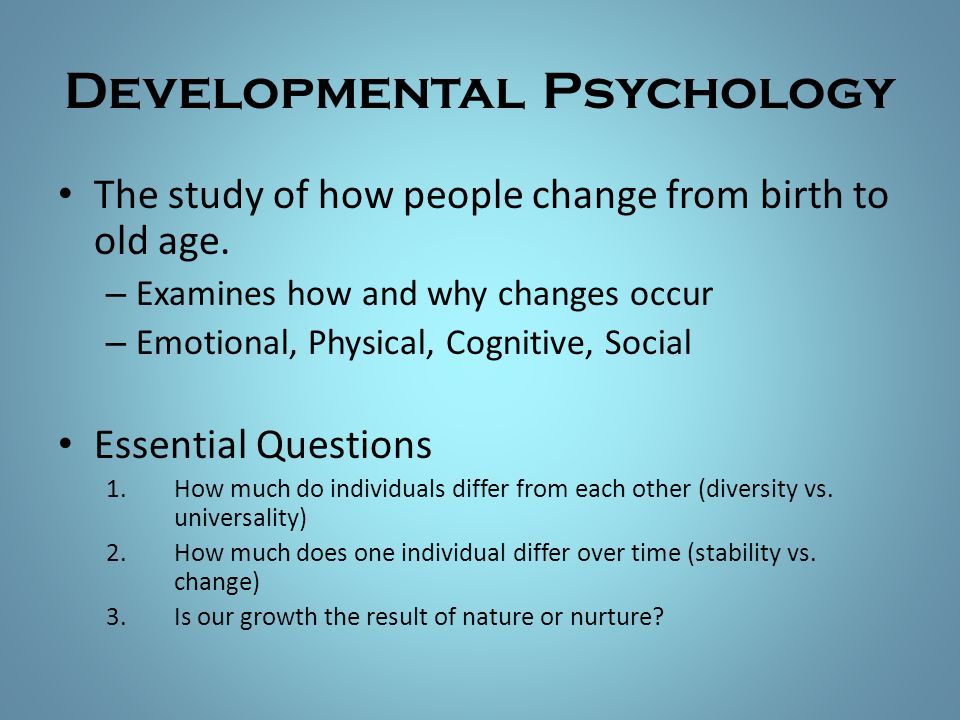 For example, if a person struggles to find a new job following a redundancy, they might start to blame immigrants for their lack of employment.
For example, if a person struggles to find a new job following a redundancy, they might start to blame immigrants for their lack of employment. - Scapegoating: Similarly to the above example, displacement may help explain why people sometimes blame large-scale economic or social issues on others. It can also happen on a small scale in everyday situations. For example, a person might have a difficult commute before returning to a messy home. They might then blame their partner or housemate for the mess, even if it resulted from someone or something else.
Seeking help for addiction may seem daunting or even scary, but several organizations can provide support. If you believe that you or someone close to you is struggling with addiction, you can contact the following organizations for immediate help and advice:
- Substance Abuse and Mental Health Services Administration (SAMHSA): 800-662-4357 (TTY: 800-487-4889)
- National Suicide Prevention Lifeline: 800-273-8255
It can be difficult for a person to identify displacement in themselves.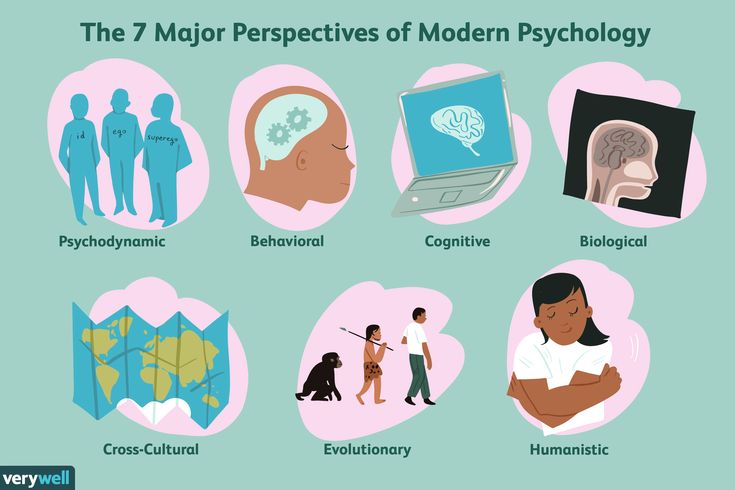 However, anyone who realizes that they are reacting emotionally to someone or something can begin by asking themselves whether their reaction is proportionate to the event that triggered it.
However, anyone who realizes that they are reacting emotionally to someone or something can begin by asking themselves whether their reaction is proportionate to the event that triggered it.
For example, if a person shouts at a waiter for bringing them the wrong dish, they may be displacing anger from another event. If they analyze the situation, they may realize that their anger resulted from something that happened elsewhere earlier in the day.
Some other methods may help prevent or minimize displacement. A person could try:
- Keeping a diary: A diary may help a person analyze their behavior and emotions and keep some distance from the situation. It can also allow them to vent any negative feelings privately.
- Meditating: Meditation and other mindful practices, such as yoga, may help by allowing a person to be mindful of their feelings and actions.
- Exercising: Research suggests that regular exercise can reduce stress and increase emotional resilience.
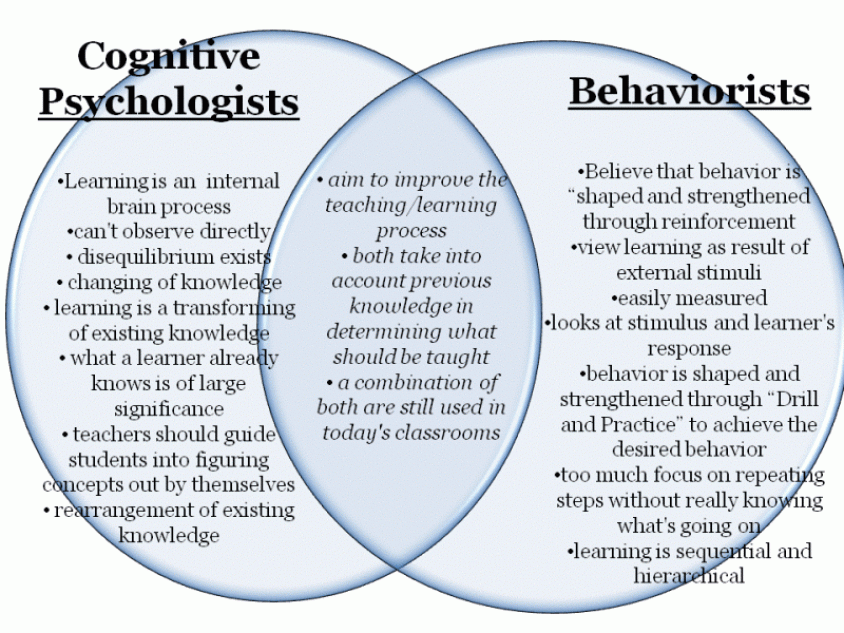
After Anna Freud identified defense mechanisms and expanded on what they are, researchers continued to add to the list of types over the years.
Although each type is different, all defense mechanisms provide ways for a person to deal with difficult emotions. They may help a person avoid feeling unpleasant thoughts, such as grief and guilt.
It is possible to experience multiple defense mechanisms.
| Defense mechanism | Definition | Example |
|---|---|---|
| Avoidance | Dismissing uncomfortable thoughts or feelings by staying away from people, places, or situations associated with them. | Someone who has been in a traumatic car accident starts to avoid driving. |
| Denial | Continuing to engage in behaviors that may be damaging while dismissing the real-life consequences of the situation. | Someone continues to shop for expensive designer clothes despite being in serious financial debt.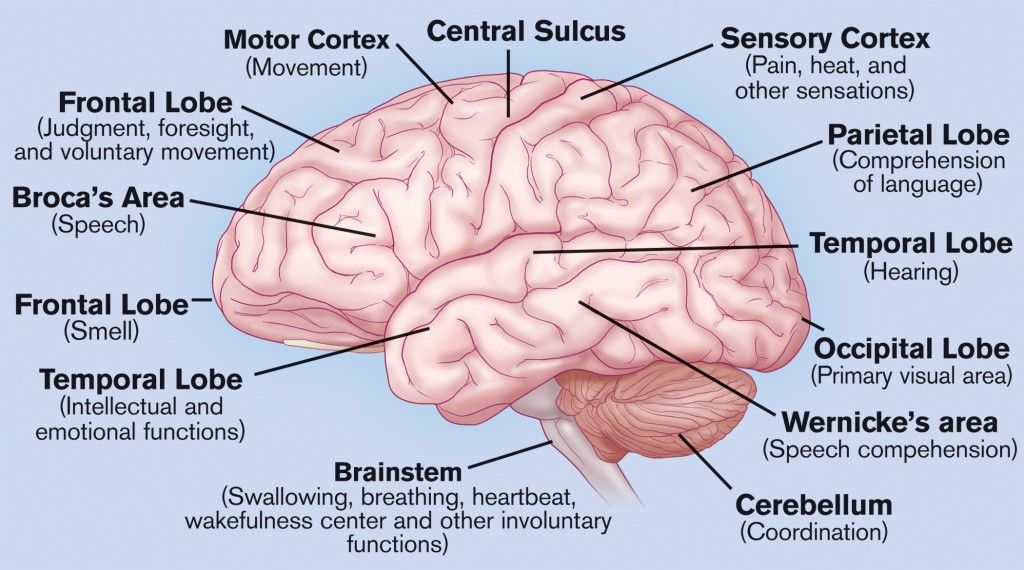 |
| Humour | Reducing, resisting, or hiding negative emotions that may result from a situation by joking about it. | A person tells a funny story about someone during a eulogy. |
| Projection | Attributing one’s own behaviors and shortcomings to someone else. | A person who is secretly unfaithful to their spouse accuses their spouse of the same behavior. |
| Regression | Returning to behaviors from an earlier stage of life. | A child begins wetting the bed after a traumatic incident, even though they have already grown out of this behavior. |
| Rationalization | Justifying one’s behavior by attempting to provide a rational explanation. | After stealing money, a person makes the excuse that they needed it more than the person from whom they stole it. |
A person may or may not be aware that they are using these defense mechanisms.
Learn more about defense mechanisms in psychology.
When a person becomes overly dependent on displacement — or any other defense mechanism — for dealing with their stress and emotions, it can become a problematic behavior for them.
A therapist can help a person recognize displacement in their behaviors and work with them to form different strategies to cope with difficult emotions.
Some treatment options that a therapist may provide include:
Cognitive behavioral therapy (CBT)
CBT is a short-term therapy technique that can help people identify and re-frame their thought patterns. During CBT, a therapist will work with a person to identify negative thoughts and feelings that may arise from specific events. The goal of CBT is to re-frame negative thoughts and actions into more beneficial ways of thinking and behaving.
Learn more about CBT.
Psychodynamic therapy
This more long-term form of talking therapy can help people better understand their thoughts and feelings. Psychodynamic therapy pays special attention to unconscious thoughts and behaviors.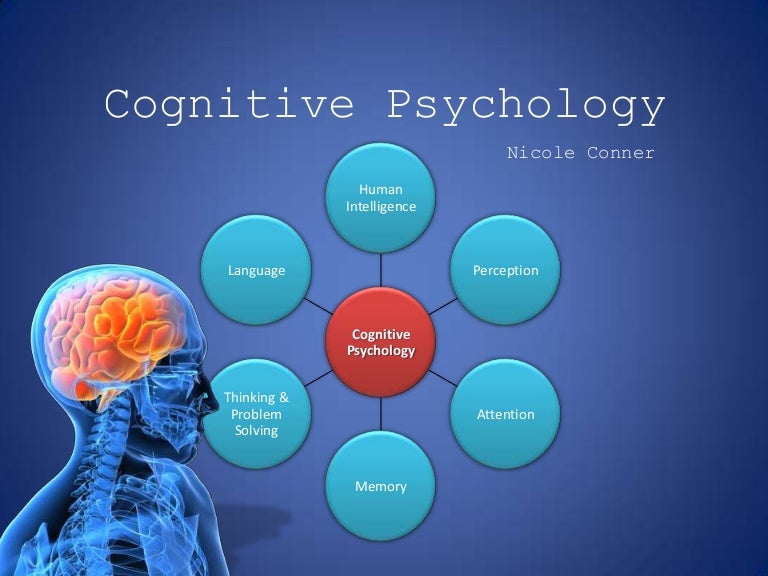 For this reason, it can be very helpful for examining and understanding unconscious defense mechanisms.
For this reason, it can be very helpful for examining and understanding unconscious defense mechanisms.
Learn more about psychodynamic therapy.
Medication
Defense mechanisms are a normal reaction to difficult thoughts and feelings. However, if a person is dealing with mental health issues, such as depression, it can be more difficult to avoid unhealthy defense mechanisms.
Medications such as antidepressants can be effective in treating depression and other mental health conditions.
A person should speak with a doctor if they think that they might have a mental health condition. The doctor can work with the person to create an effective treatment plan.
Learn more about the types, benefits, and side effects of antidepressants.
Displacement is a defense mechanism that some people use unconsciously in response to stress and other negative emotions.
Although it can serve a healthy purpose in some cases, overreliance on it can lead to maladaptive behaviors that create problems in a person’s relationships or work.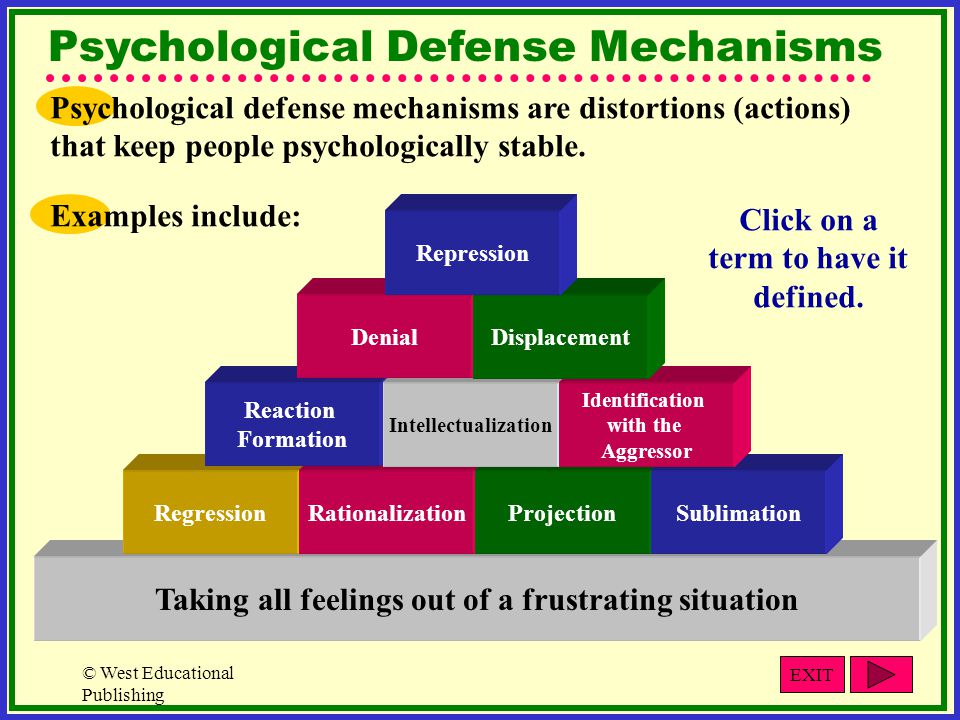
Talking with a psychologist or counselor may help people find new and better ways to cope with stress and anxiety.
Displacement | Psychology Today
Reviewed by Psychology Today Staff
Displacement is a defense mechanism in which a person redirects an emotional reaction from the rightful recipient onto another person or object.
For example, if a manager screams at an employee, the employee doesn't scream back—but he may yell at his spouse later that night. Displacement often involves deflected anger or aggression, but it can include other feelings and impulses as well.
The concept of defense mechanisms was originally developed by Sigmund Freud and his daughter Anna Freud; they function to unconsciously protect the ego from discomfort or distress. Although many Freudian theories have been disproven over time, defense mechanisms like displacement have endured.
Contents
- Displacement in Therapy and Mental Health
- Displacement in Everyday Life
Displacement in Therapy and Mental Health
Defense mechanisms crop up for everyone from time to time; displacement only interferes with mental health when it becomes habitual or interferes with daily life, such as a job or relationship.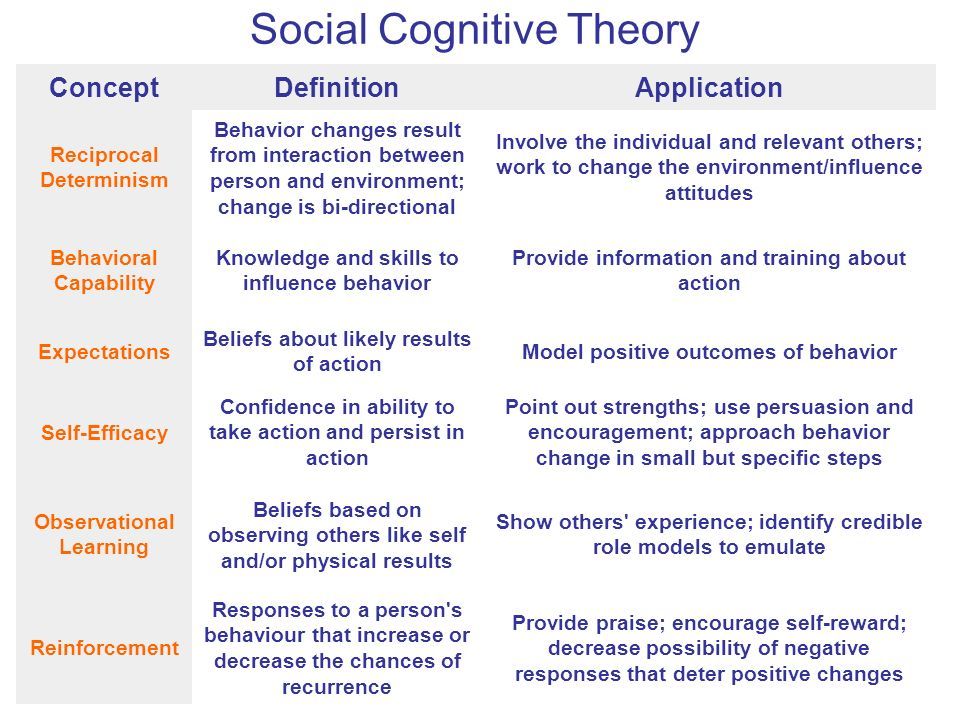
Displacement may relieve distress or preserve self-esteem in the moment but damage well-being over time. The reaction can exacerbate personal problems or relationship conflict while failing to address the underlying problem.
It can be difficult to recognize displacement, so a therapist can be a helpful guide. The therapist may observe patterns in which a patient seems to overreact or redirect frustration onto a seemingly unrelated person. The pair can then explore the root cause so the patient can move forward.
Why does displacement occur?
Displacement takes place because it’s sometimes safer or easier to focus on a less threatening person. In the case of the employee who is reprimanded by her boss, responding in anger could cost her her job. Responding differently would require skills of confrontation and conflict resolution. Displacing her anger onto her spouse or child provides a less powerful, lower stakes, and more controllable target.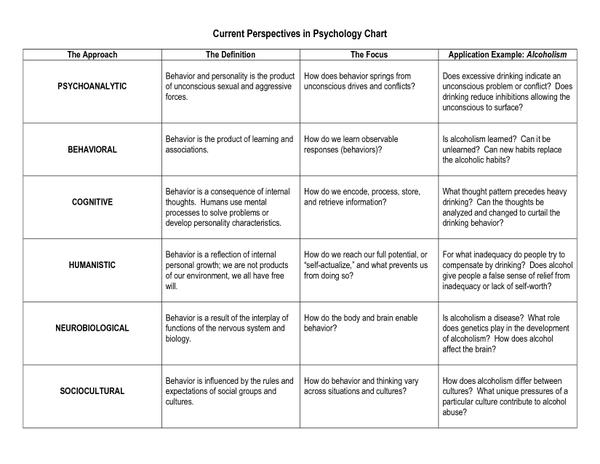
How does displacement manifest in therapy?
Displacement may arise in therapy for patients who struggle with anger problems. Anger may be often related to adverse childhood experiences (ACEs), such as physical, emotional or sexual abuse, neglect, witnessing violence, parental divorce, and parental alcohol or substance abuse.
These individuals may not have been able to acknowledge or fully process their emotions as children. It can be overwhelming to endure pain and not be able to seek comfort from a caretaker who perpetrates this suffering, so anger may be displaced onto someone else. This pattern can continue throughout adulthood: Problems with authority, law enforcement, bullying, or relationships can lead someone to seek therapy. These emotions and experiences can then be explored.
How can people counter displacement?
One way to prevent displacement is to challenge distorted or irrational beliefs.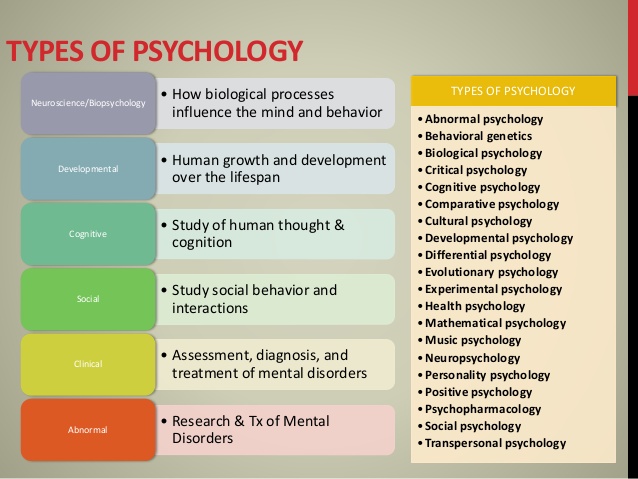 People can change their view of a situation from one of anger to one of frustration, sadness, or disappointment; acknowledge the unfairness of the situation, and the fact that people are not always treated fairly. These mental shifts can help confront and process stress and anger, rather than unconsciously pushing it onto others.
People can change their view of a situation from one of anger to one of frustration, sadness, or disappointment; acknowledge the unfairness of the situation, and the fact that people are not always treated fairly. These mental shifts can help confront and process stress and anger, rather than unconsciously pushing it onto others.
What’s the difference between displacement and projection?
Projection is another defense mechanism, in which people attribute their feelings or desires to someone else. For example, if a bully constantly ridicules a peer about his insecurities, the bully might be projecting his own struggle with self-esteem onto the other person. Projection and displacement are similar, but projection involves misinterpreting the target’s motivations, while displacement involves misattributing one’s own response.
Displacement in Everyday Life
Displacement can be a difficult dynamic to encounter, or even recognize, yet it can occur in many domains, from relationships to politics. It’s also important to acknowledge that not everyone who expresses frustration or anger is displacing—sometimes a person can be genuinely upset without the other person realizing why.
It’s also important to acknowledge that not everyone who expresses frustration or anger is displacing—sometimes a person can be genuinely upset without the other person realizing why.
Can displacement affect relationships?
Displacing emotions onto a friend or romantic partner can drive conflict in relationships. Intense reactions may hurt the other person and fail to resolve the distressing situation. Displaced anger or aggression is a common example of this. Another is someone who lacks a fulfilling relationship and devotes lots of time and attention to another person, as a sort of “placeholder” partner.
Does addiction involve displacement?
Addiction can be fueled by feelings of helplessness and powerlessness. Those emotions produce a sense of anger that can overwhelm people’s judgment. When that anger is not expressed to the person or situation that caused it, the decision to drink or do drugs functions as an act of control, an act to regain autonomy and power. If this behavior becomes a pattern, it can fuel addiction to alcohol, drugs, or compulsive behaviors.
If this behavior becomes a pattern, it can fuel addiction to alcohol, drugs, or compulsive behaviors.
Does bullying involve displacement?
Displacement is one of many factors that contribute to bullying. Sometimes a bully may be the victim of abuse or violence at home, and he feels powerless to address his pain and anger. He then redirects that anger toward targets at school who are less threatening and powerful. This can lead to a cycle of aggression.
This pattern is not limited to childhood, and it can occur in adolescence and adulthood as well. For example, research suggests that displaced anger may be a contributing factor in gang violence.
Can displacement manifest in politics?
Targets of displacement are often less powerful or threatening than the original source of anger. Political leaders may recognize and exploit this tendency. For example, a politician may gin up anger and frustration about people’s economic status and redirect that anger onto a scapegoat with less power, such as a racial minority.
This tactic allows leaders to divide the population and divert anger that may have been directed at government leadership towards the group of their choosing, which can strengthen and maintain authority.
Essential Reads
Recent Posts
What is bias in psychology?
Displacement is a psychological defense mechanism in which a person redirects a negative emotion from its original source to a less dangerous recipient. The classic example of defense is the repressed one. If a person is angry, but cannot direct his anger at the source without consequences, he can take his anger out on a person or thing that poses less risk. What is bias in psychology?
Defense Mechanisms
When people have negative emotions or urges, they often look for ways to deal with these unwanted feelings. Unlike the conscious coping strategies we use to manage everyday stress, defense mechanisms operate at a completely unconscious level.
Displacement, like many other psychological defense mechanisms, often occurs subconsciously - the person does not realize that he is doing it.
Defense mechanisms are one way the mind unconsciously tries to reduce our anxiety and restore emotional balance. 3 Psychological defenses operate without our awareness to help us cope with threats to people, things or the environment. We may not be aware of these feelings and urges, but they still affect our behavior and can cause anxiety.
When we use displacement, our mind feels that the response to the source of our disappointment can be unacceptable - even dangerous. Instead, he finds a less dangerous object for us that can serve as a safer outlet for our negative feelings.
Sublimation
Sigmund Freud believed that a certain subtype of displacement called sublimation is an important source of creativity and inspiration. 5 Sublimation involves the shifting of unacceptable sexual urges to non-sexual activities that are productive and socially acceptable, such as work and creativity.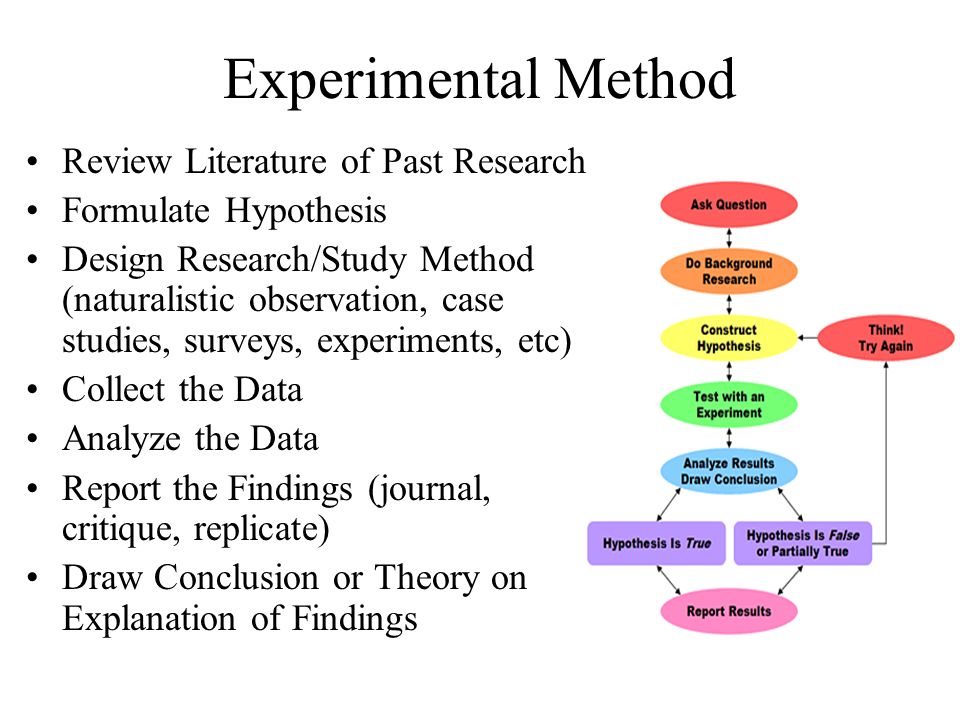 Sublimation provides a constructive outlet for unacceptable urges.
Sublimation provides a constructive outlet for unacceptable urges.
History
Sigmund Freud's daughter Anna Freud was one of the first psychologists to list defense mechanisms. However, displacement was not included in the list of original defense mechanisms included in her book The Ego and Defense Mechanisms (originally published in Germany in 1936).
Anna Freud later stated that although several important defenses were highlighted in her list, she felt that it was far from definitive. Subsequent pioneers of psychology did indeed identify displacement as an important ego defense mechanism.
Study
Studies on the validity of bias are mixed. For example, a 1998 study found that displacement was poorly supported by empirical evidence. However, more recent research in 2015 supported the theory that states of physical and emotional change tend to shift from one situation to another.
For example, although you may restrain yourself in a social setting because a reaction would be inappropriate, suppressing your feelings will not make them disappear.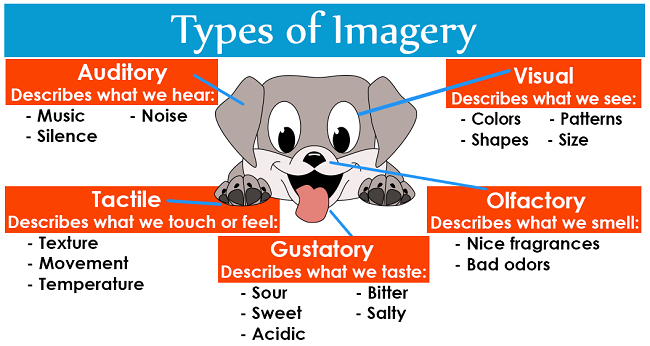 Your emotional state will remain the same. Later, you may find yourself in an environment where you can react with less consequences, and then you will release repressed feelings.
Your emotional state will remain the same. Later, you may find yourself in an environment where you can react with less consequences, and then you will release repressed feelings.
Other studies have also offered broad support for defense mechanisms, including movement, as important to human health and relationships. Examining data from a 70-year longitudinal study, a team of researchers found that psychological defense mechanisms can affect both the body and the mind.
In a paper published in 2013, the researchers stated that participants in their study who used adaptive defense mechanisms (including bias) in middle age had better physical health later in life. The researchers suggested that mature protection plays a key role in creating strong and supportive social relationships that contribute to improved physical health.
How it works
Imagine being reprimanded by your boss at work. Taking your anger or frustration directly to your boss is not only unwise, it could cost you your job.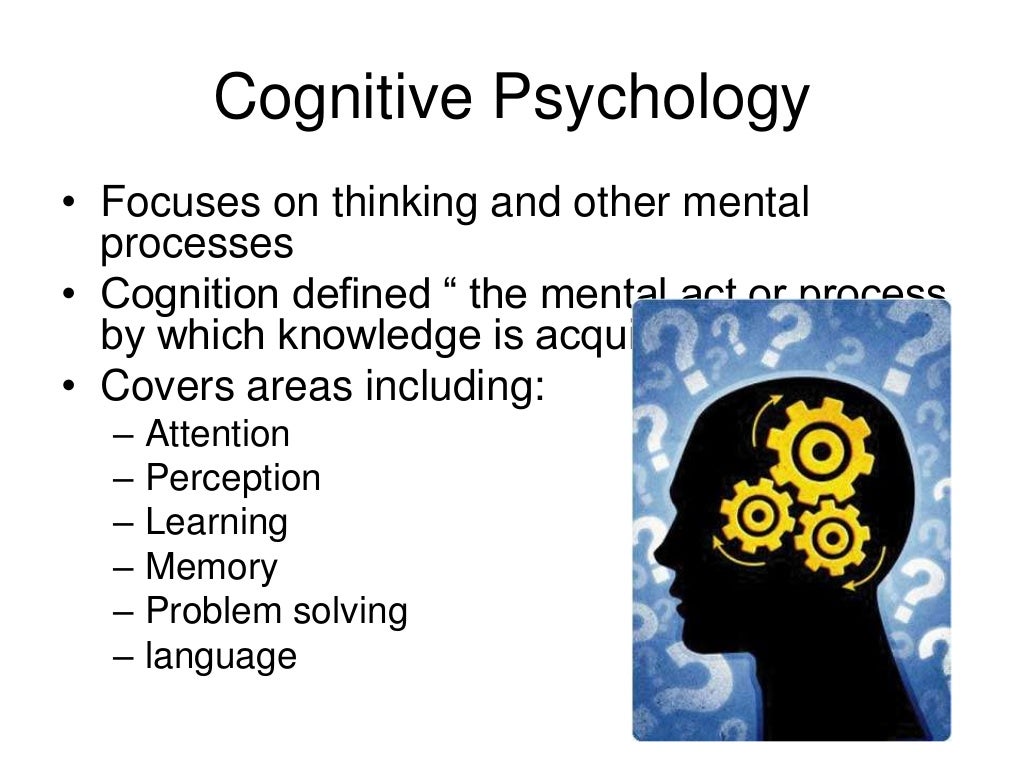 Instead, you hold back (or suppress) your emotions for the rest of the day.
Instead, you hold back (or suppress) your emotions for the rest of the day.
As soon as you get home, you may vent your anger at an unsuspecting roommate or overreact to a triggering event, such as your children's misbehavior. Most often, the triggering event is relatively unimportant. It is your reaction that is disproportionate - even excessive.
The anger you felt towards your boss is released over time, but indirectly. The consequences of yelling at a roommate or scolding children are likely to be less severe than if you got rid of your frustration with your boss or colleagues. The object or person who becomes the object of the displaced senses may vary, but is usually chosen because it is less dangerous (or even powerless).
If you have ever had negative feelings for a friend, family member, or even complete stranger when you were upset about something else, then you used displacement as a defense mechanism (even if you didn't know it) .
Offset Examples
Here are a few imaginary scenarios (many of which you may be familiar with) that illustrate offset:
- A boss scolds an employee for poor performance during a presentation.
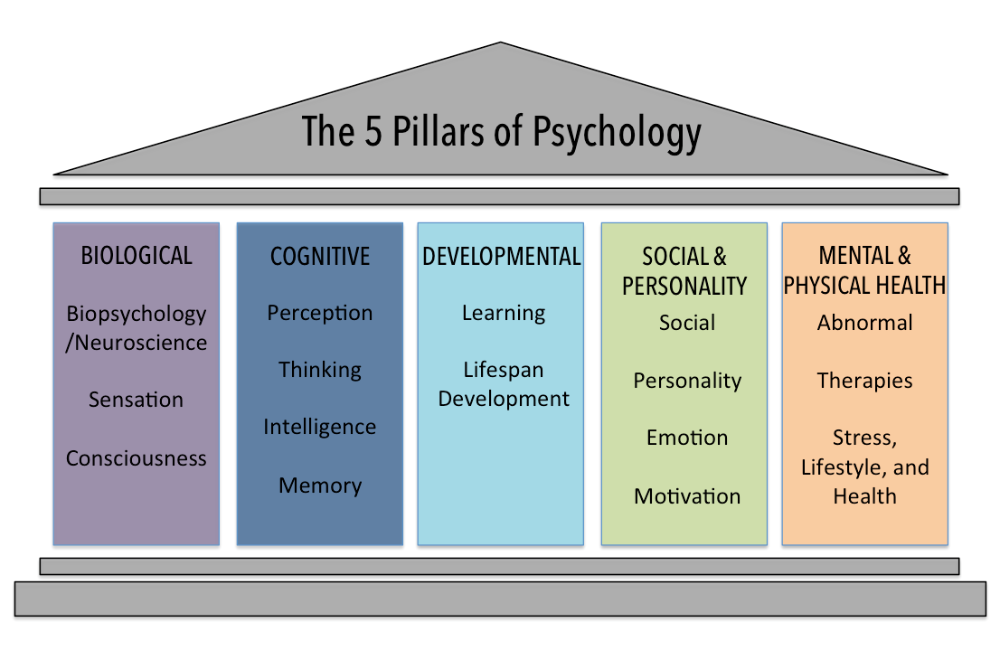 An employee leaves work to have lunch at a local restaurant, where they yell at the waiters for a small mistake with their order.
An employee leaves work to have lunch at a local restaurant, where they yell at the waiters for a small mistake with their order. - You are unhappy with your spouse because he does not help you around the house. When you ask your kids to get to work and they whine back, your anger explodes. You yell at them and accuse them of never helping around the house.
- A man is attracted to his spouse's best friend, but he knows that his actions can have disastrous consequences. Instead, the desire they feel is subconsciously repressed and they develop a sexual fetish for glasses like those worn by a spouse's best friend.
- You are losing your job and having difficulty finding a new one. Fearing that you won't be able to pay your bills, you begin to project your frustration and failure onto the immigrants in your area, blaming them for your inability to find work.
Unintended Consequences
Displacement can cause an unintended chain reaction. For example, repressed aggression can become a cycle. For example, imagine an employee who is angry with his boss. They take out their anger on their spouse when they return home. Now, when they are angry themselves, the spouse may be irritated with their children. In turn, children can project their frustrations onto each other.
Displaced interpersonal aggression can also lead to prejudice against certain social groups. For example, some scholars have argued that the hostility that the Germans felt towards the Jewish people after World War I could be an example of a repressed feeling of anger at the economic ramifications of the war.
Instead of directing their collective anger at their actions or their own government, people directed their anger at a group of people they considered less dangerous targets. This phenomenon is also known as "scapegoats".
Characteristics
Defense mechanisms are very common and are usually a normal aspect of daily functioning. Moving as a defense helps us direct emotions and urges that might be considered inappropriate or harmful to healthier, safer, or more productive sources.
When used properly, defense mechanisms such as movement protect us from negative feelings, help minimize frustration, protect our self-esteem, and manage stress levels. Moving can protect us from anxiety by hiding things that are stressful or unacceptable to us, and help maintain self-esteem.
But defense mechanisms such as repression can also be useless if people rely on them too much or when they lead to problematic behavior and interactions with others. Overuse of these mechanisms has been associated with psychological stress and poor functioning.
Displacement is a way to redirect feelings, but can also be harmful. There are several factors that affect how and when displacement occurs.
Age
Younger children express their feelings more openly. Therefore, they are more likely to express their negative emotions towards the original goal (regardless of the correctness of the answer).
For example, a four year old child is more likely to just yell at his parents when they are upset. On the other hand, a 14-year-old teenager can get rid of disappointment in relation to parents by arguing with a younger brother or sister.
Intensity
Strongly upsetting urges or feelings can lead to a stronger display of emotion towards the substitute target. For example, an inappropriate urge (such as wanting to hit someone) might be expressed as a highly charged emotional outburst (such as yelling at a spouse).
Frequency
Most people have experienced suppression of their negative emotions on the secondary target. While displacement may be a normal response, it can cross the line into maladaptive or even offensive behavior. If a person relies on repression as a defense mechanism to deal with all of their emotional distress, it is less likely to be useless and harmful.
What you can do
Overdependence on repression or any other defense mechanism can be problematic, or at least useless. If you are concerned about the use of repression as a defense mechanism, you may want to see a counselor in psychotherapy.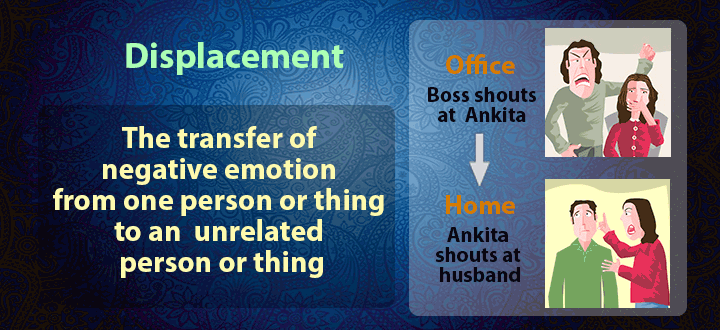 Here are a few ways to look at your own behavior to better understand if you're using offset to your advantage.
Here are a few ways to look at your own behavior to better understand if you're using offset to your advantage.
Evaluate
One of the first steps is also one of the more difficult: observing your behavior and actions and determining if the bias might be causing them. Displacement is not something that can be easily seen. Often, conclusions can only be drawn from what you can learn from your own behavior.
It may be helpful to work with a therapist at this stage. They can look at your behavior "from the outside" and help you see things from a more objective point of view.
The therapist can witness (and point out) contradictions between your behavior and your words, body language, or other cues.
For example, you might tell your therapist that you don't mind if your spouse works late and on weekends, but your body language and your speech may suggest otherwise. As you share more about your behavior, it may become clear that when you have a temper with the kids in the evenings, it really is a sign of the frustration you feel towards your spouse.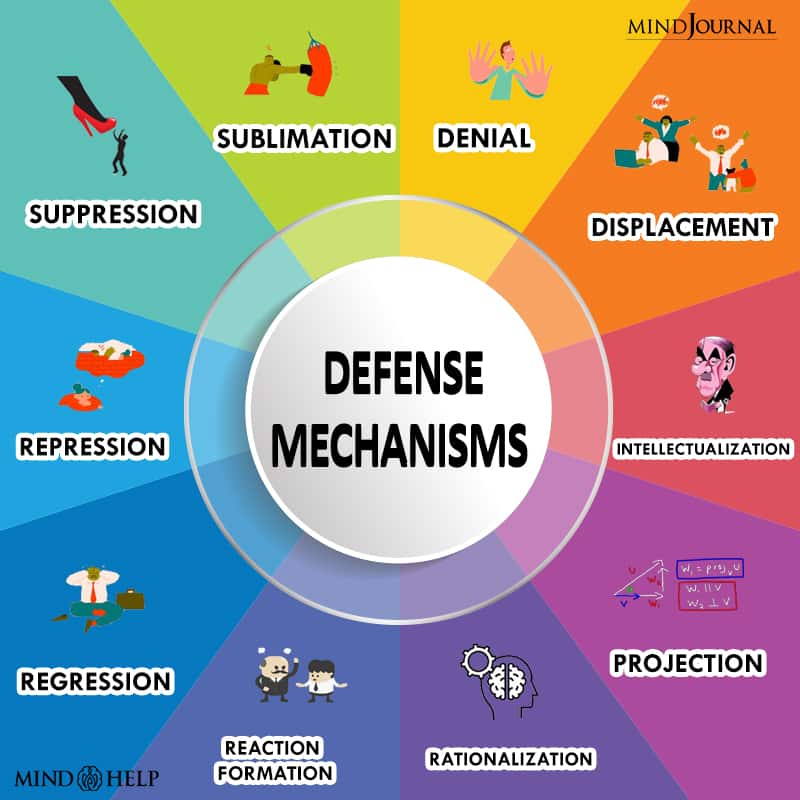
Reflect
Reflection is a strategy therapists can use to help you recognize when you are using defense mechanisms such as displacement. With this strategy, the therapist reflects your feelings back to you in a way that encourages you to reflect on what you have done or said.
The purpose of using the reflection technique is to identify hidden anxieties or fears that have played a role in your behavior.
For example, when you tell your therapist about expressing anger at a colleague, you may reveal one of your main fears - that your new manager will not recognize your talents and efforts. Instead of expressing your emotions to your boss (a threatening target), you take out your frustration on a colleague (a less dangerous target).
Rethink
Once you begin to recognize episodes of unhealthy movement in your own life, the next step is to find purposeful ways to change your thinking and behavior. For example, if you're yelling at your spouse because you're getting rid of frustration at work, stop, take a step back, and take the time to regain control.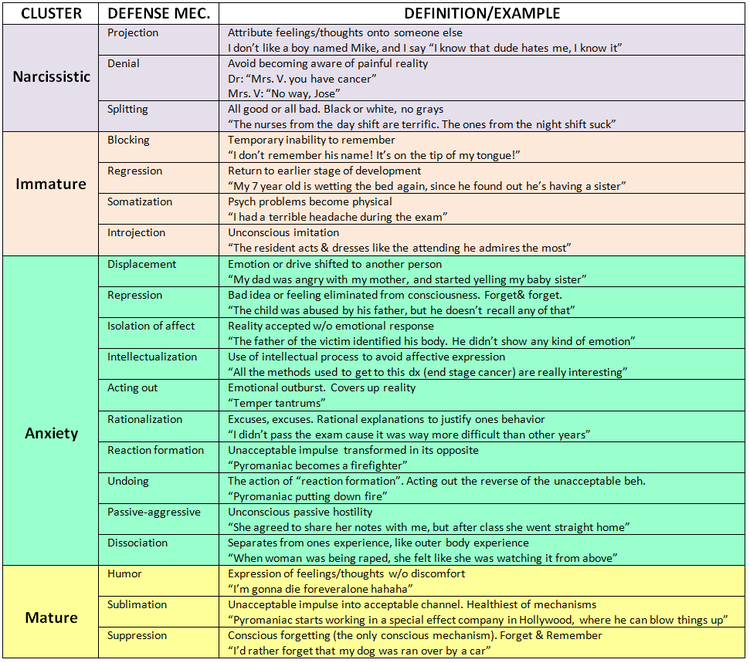
When you find yourself exhibiting maladaptive behavior caused by displacement, try to rethink the situation and find a healthier outlet for your feelings.
Make a conscious effort to redirect your negative feelings to a suitable target. Alternatives may include describing the situation and how you feel, participating in a sport or exercise, or engaging in a productive hobby.
Like other psychological defense mechanisms, displacement can be a normal and healthy way to deal with unconscious negative emotions. However, overuse of repression as a way to deal with negative feelings can be unhelpful and even destructive, especially if you project your frustrations onto defenseless people around you.
It can be difficult to recognize your own bias if you are worried about how you are using this defense mechanism, therapy can help you see when your actions, words, or behaviors are indeed a defense mechanism. Once you learn to recognize bias, you can take steps to challenge the defense mechanism and find better ways to deal with it.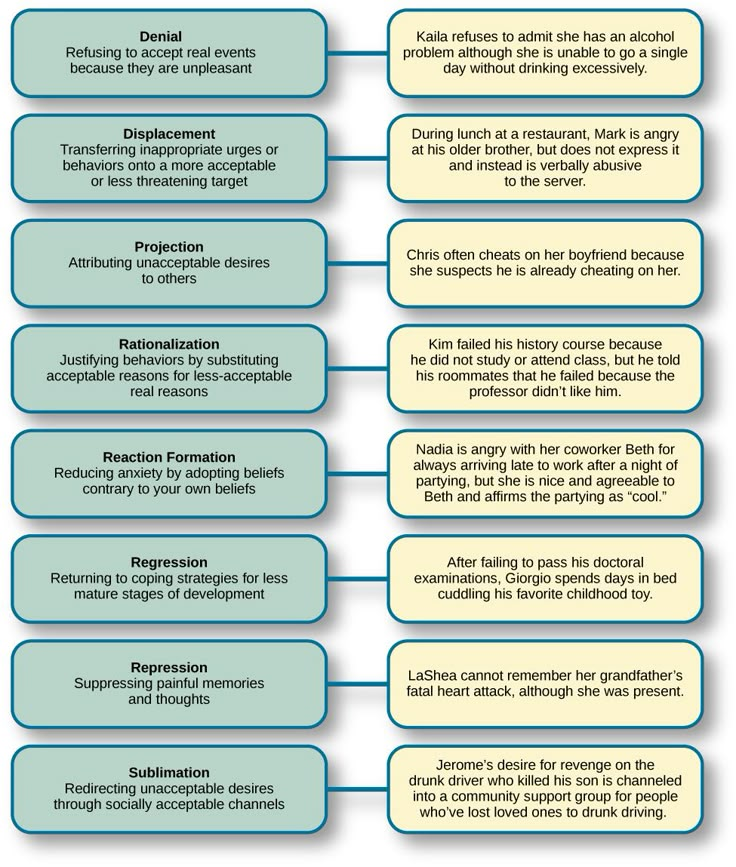
Read more Here
Displacement - Psychologos0070 Film "Carnival"
Displacement (substitution) - discharge of repressed feelings, usually feelings of hostility, directed at an object less dangerous than the one that caused negative emotions. If the boss quarreled with his wife, then he takes out his anger on his subordinates all day.
Nancy McWilliams. Psychoanalytic diagnostics
At the age of 11, one of my daughters, observing our dog rubbing his toy immediately after being punished for bad behavior, commented: “Look! She threw her anger out - on the toy, just like a person! The term "displacement" refers to the redirection of a drive, emotion, preoccupation, or behavior from an original or natural object to another because its original direction is uncomfortably hidden for some reason.
The classic story about how a man who was scolded by his boss came home and yelled at his wife for spanking her children, who in turn beat the dog, is a textbook on displacement.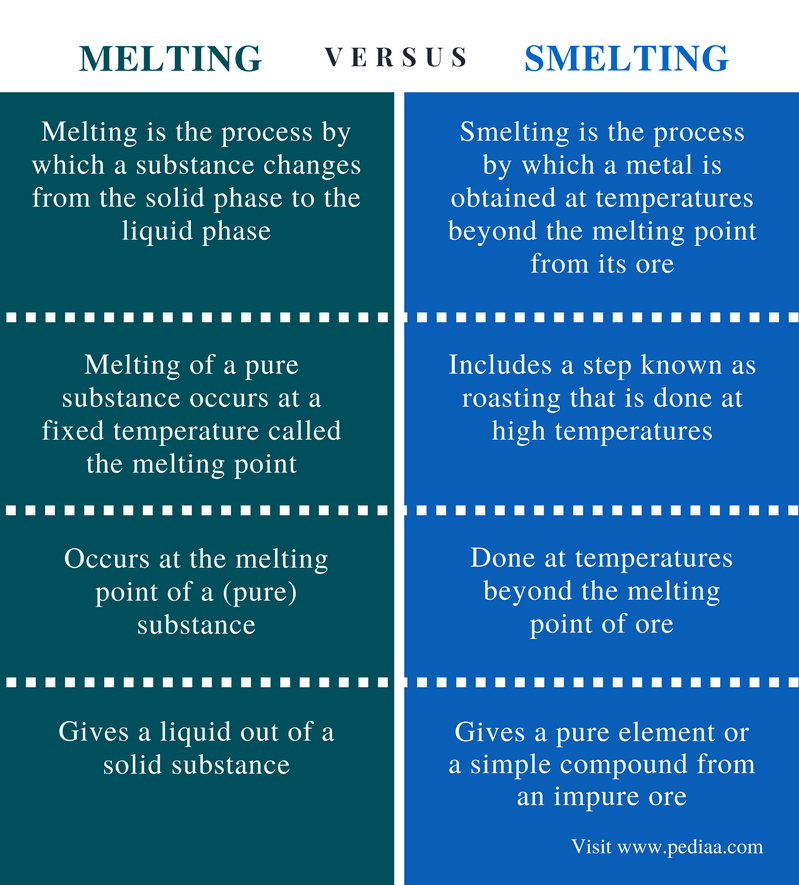 The “triangulation” that family therapists emphasize in the Murray Bowen tradition is a displacement phenomenon. I have noticed that in couples where one of the partners is unfaithful, the other partner directs most of his aggression not at the spouse who has gone astray, but at the “other” man or woman. Tirades directed at “this family destroyer” suggest that the partner is an innocent victim of cynical seduction. This is to protect the already suffering person from the further threat to the relationship that would arise if the rage of the betrayed spouse was directed directly at the unfaithful one.
The “triangulation” that family therapists emphasize in the Murray Bowen tradition is a displacement phenomenon. I have noticed that in couples where one of the partners is unfaithful, the other partner directs most of his aggression not at the spouse who has gone astray, but at the “other” man or woman. Tirades directed at “this family destroyer” suggest that the partner is an innocent victim of cynical seduction. This is to protect the already suffering person from the further threat to the relationship that would arise if the rage of the betrayed spouse was directed directly at the unfaithful one.
Passion can also be displaced. Sexual fetishes can apparently be explained as a reorientation of erotic interest away from a person's genitals and towards an unconsciously connected area - legs or even shoes. If something happened in a man's life story that formed his idea of the vagina as something dangerous, some other objects associated with a woman may also frighten him.
The anxiety itself is often displaced.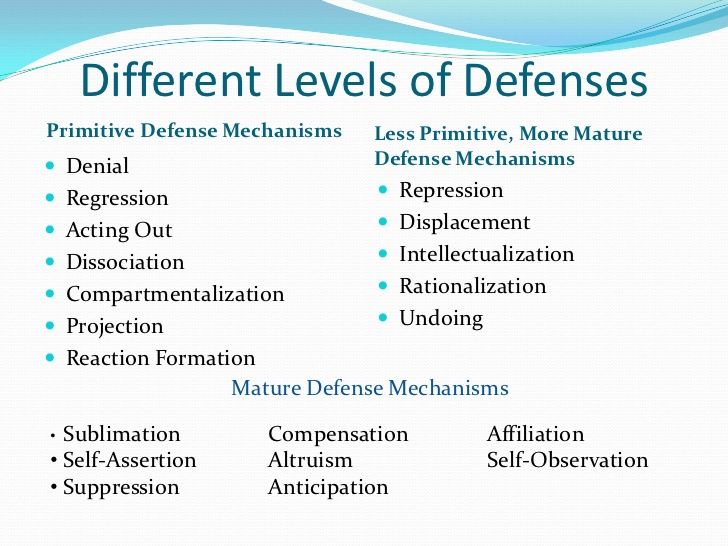 Freud's famous patient "The Wolf Man" was treated in recent years by Ruth McBrunswick for an unhealthy preoccupation with his nose. It was understood as a displacement of frightening, twisted fantasies related to his penis. When a person uses the displacement of anxiety from one area to a very specific object that symbolizes a frightening phenomenon (fear of spiders, which represent an unconscious image of an absorbing mother, fear of knives, which are unconsciously equated with the penetration of the phallus), then he suffers from a phobia. If a person has a pattern of shifting fears in many aspects of life, we consider this character to be phobic.
Freud's famous patient "The Wolf Man" was treated in recent years by Ruth McBrunswick for an unhealthy preoccupation with his nose. It was understood as a displacement of frightening, twisted fantasies related to his penis. When a person uses the displacement of anxiety from one area to a very specific object that symbolizes a frightening phenomenon (fear of spiders, which represent an unconscious image of an absorbing mother, fear of knives, which are unconsciously equated with the penetration of the phallus), then he suffers from a phobia. If a person has a pattern of shifting fears in many aspects of life, we consider this character to be phobic.
Some unfortunate cultural tendencies - like racism, sexism, heterosexism, loud denunciation of society's problems by disenfranchised groups with too little power to stand up for their rights - contain a significant element of bias. All this reflects a tendency to find a scapegoat (which can be easily seen in most organizations and subcultures).